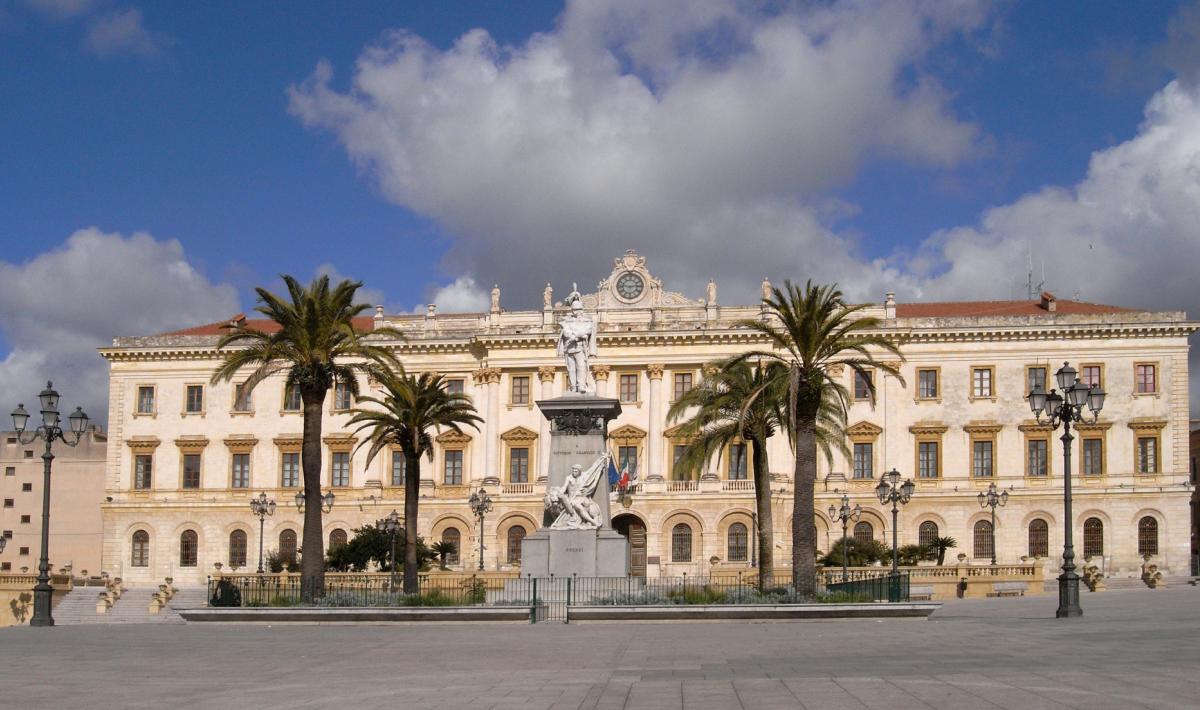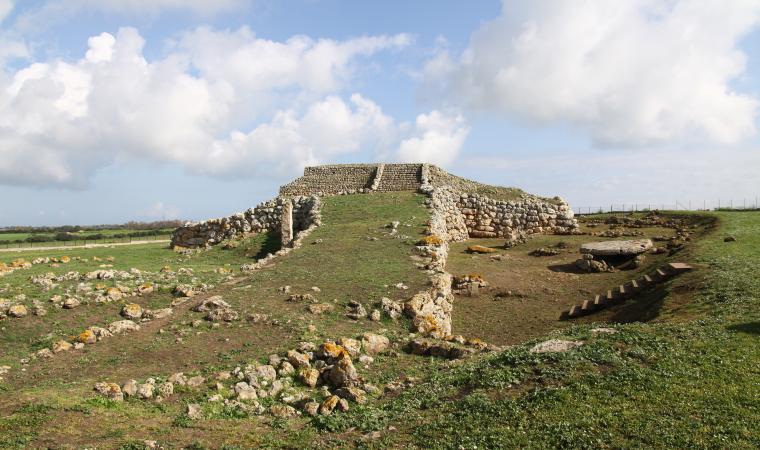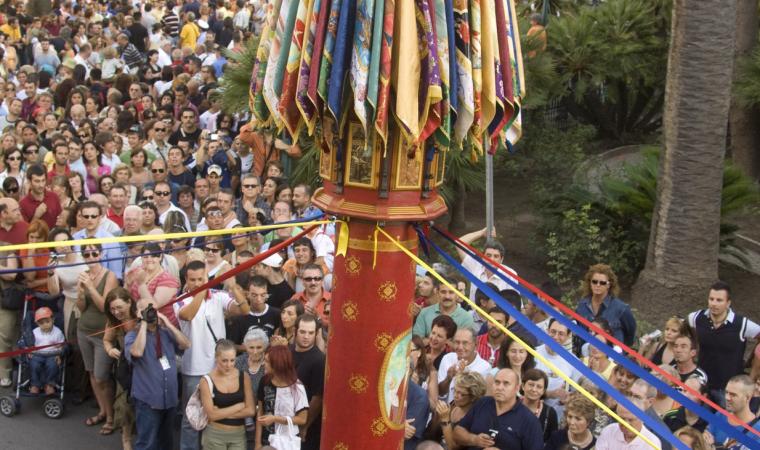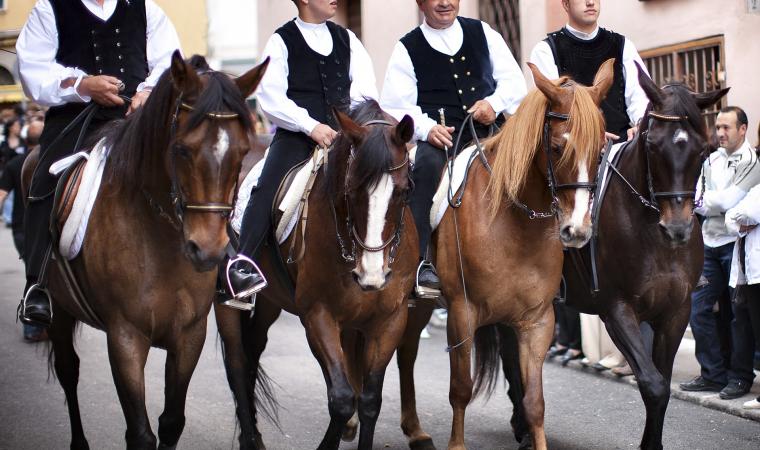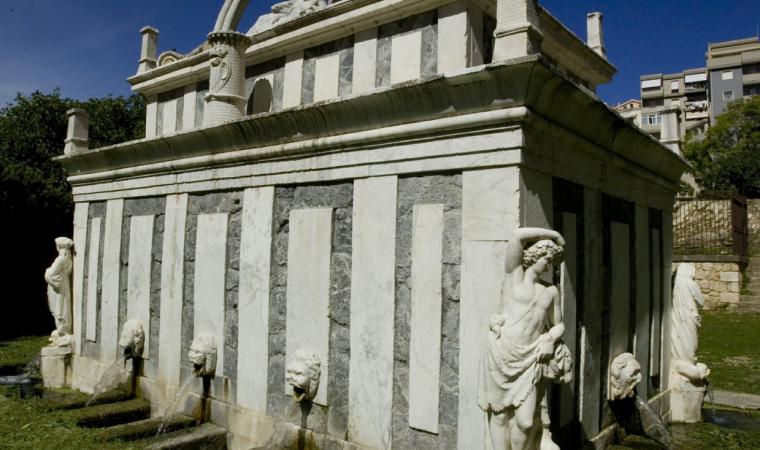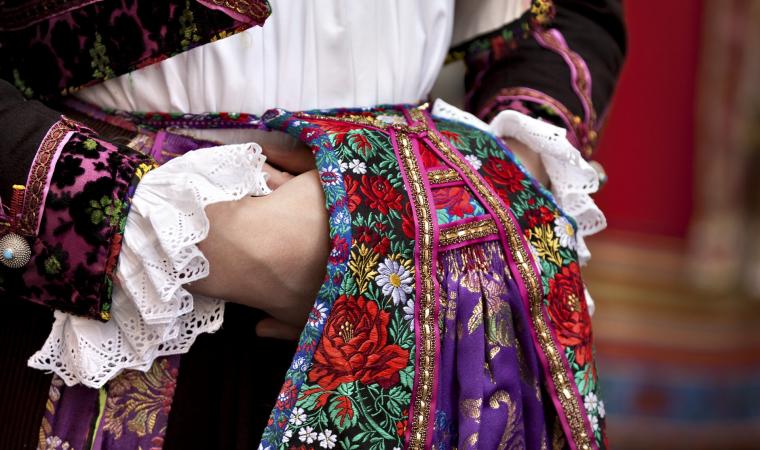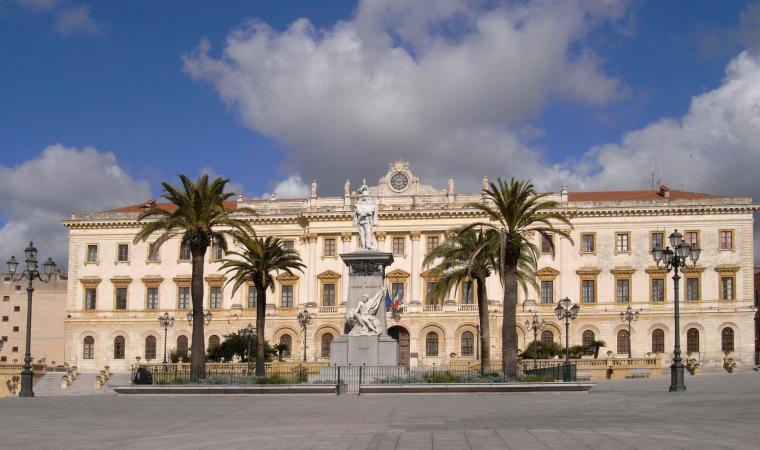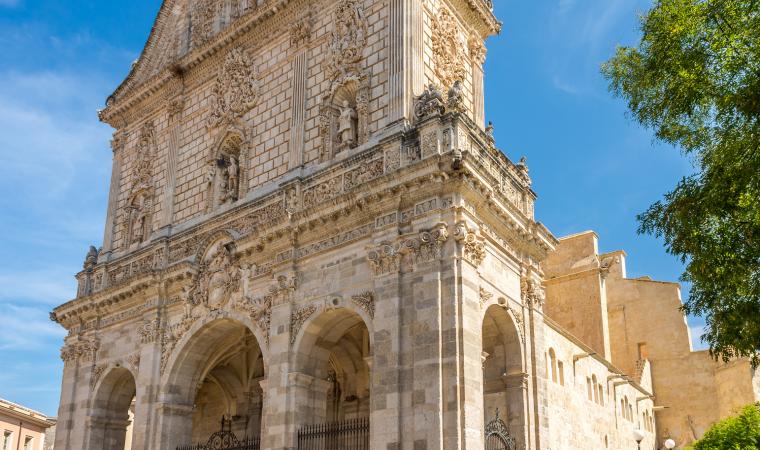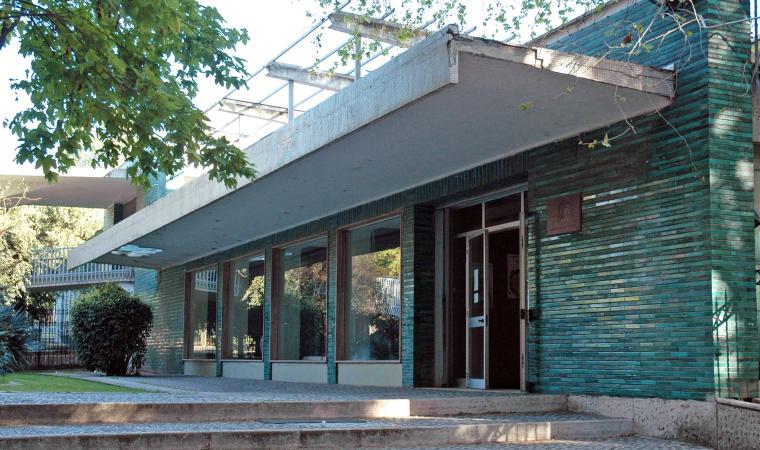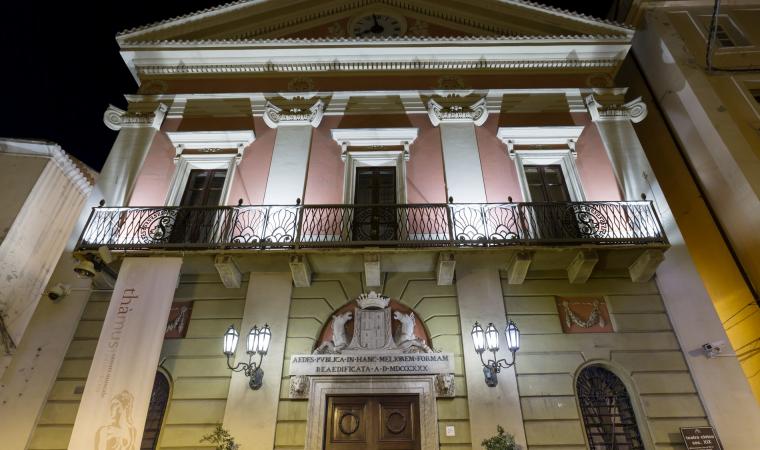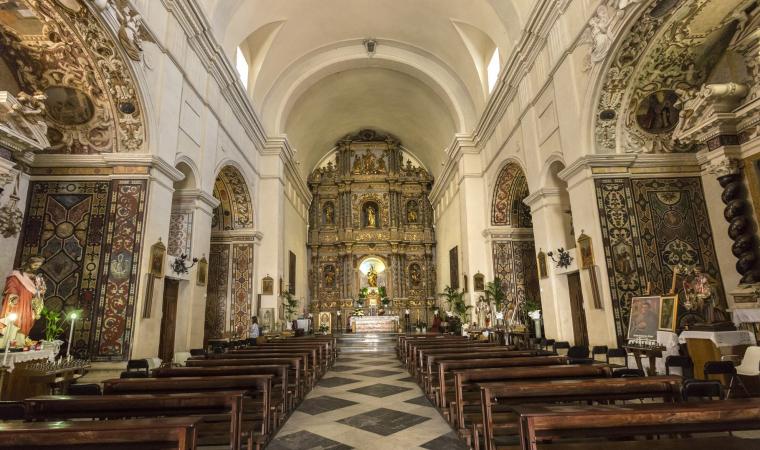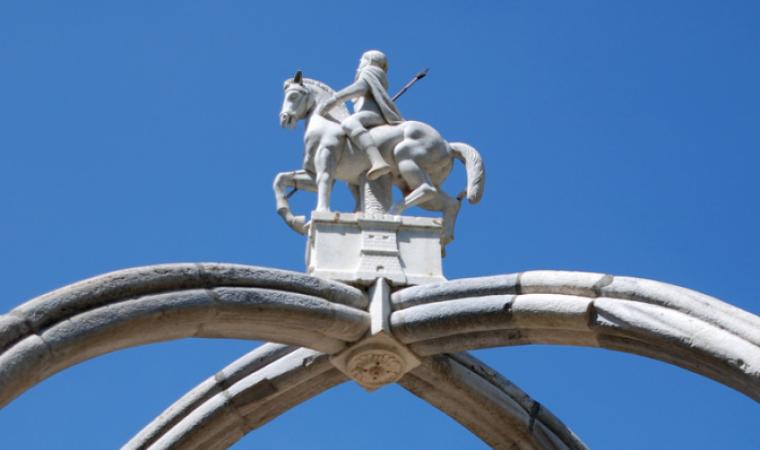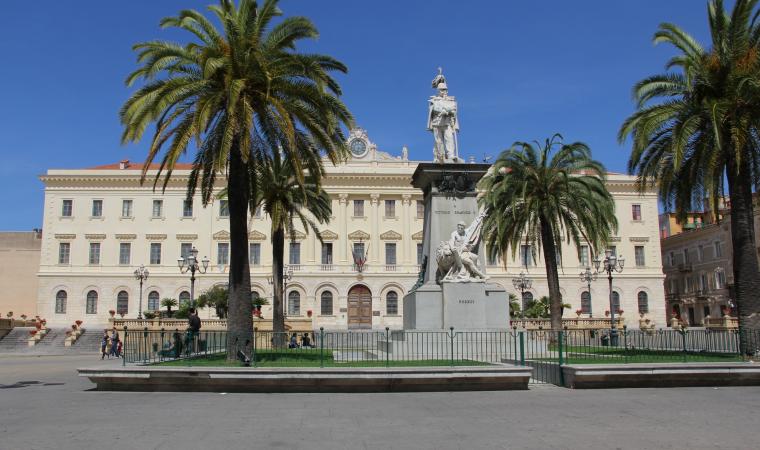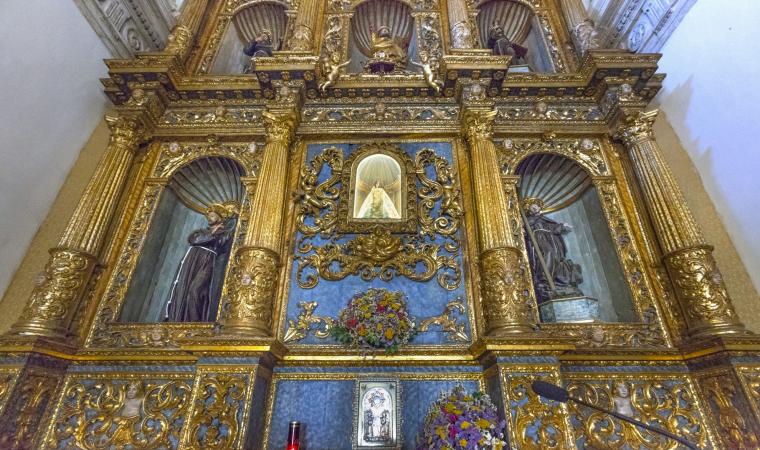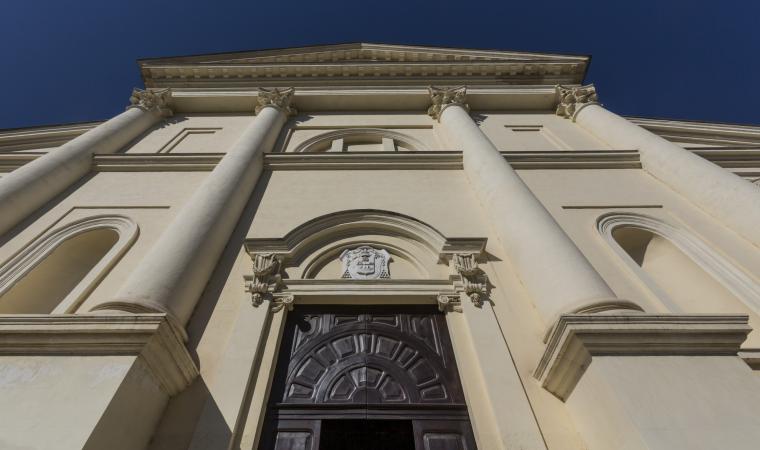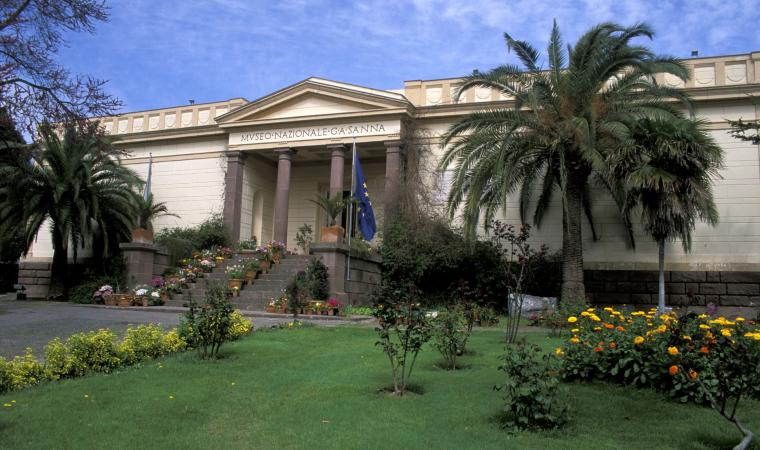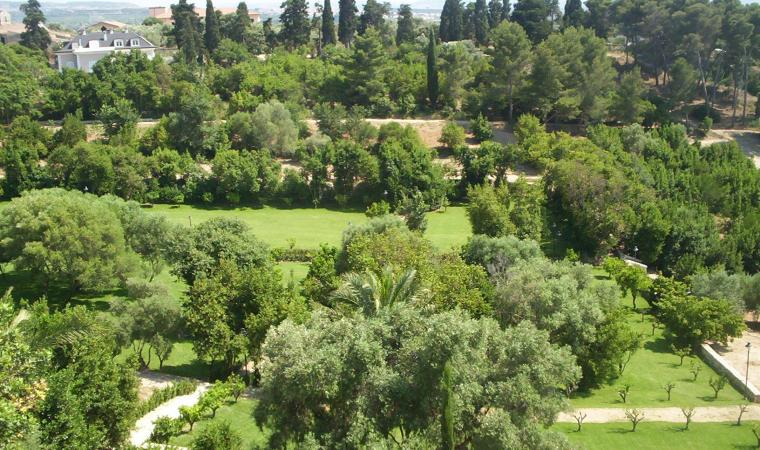Founded in the Middle Ages, when the population of the ancient Turris Libisonis gradually took refuge in the hinterland, Sassari emerged on a limestone plateau marked by valleys and gorges and surrounded by cultivated hills. Olive groves and woods complete the setting of the fifth largest territory in Italy. It is the city with the second biggest population in Sardinia (128 thousand inhabitants), the heart of an area that contains double this number. It became a Municipality in 1294, with the promulgation of the Statutes of Sassari, which represent a fundamental body of laws in the history of the Island. In the 19th century, it expanded beyond the fourteenth-century walls that surrounded it, linked by 36 towers. Six of them still remain. The La Marmora barracks were built in place of the castle, now the museum of the Sassari Brigade, protagonist of military events in the 20th century. The most influential Sassari-born people include former politician Enrico Berlinguer and former Italian presidents Antonio Segni and Francesco Cossiga. The Fontana di Rosello fountain and Piazza d'Italia are the two symbols of the city. The city centre consists of stately buildings and places of art and culture. There are numerous museums, among which the Mus’A, the Biasi, the Tavolara Pavillion and, above all the Sanna National Museum, a powerhouse of archaeology. The most impressive prehistoric (and mysterious) piece of evidence is the altar of Monte d’Accoddi, a step pyramid that brings to mind the sanctuaries of Mesopotamia, built in the 4th millennium BC, renovated in the 3rd millennium and frequented up until the Bronze Age. In the Sassari area, there are also dolmens, domus de Janas, menhirs and 150 Nuragic sites with nuraghi, villages, Tombs of Giants and sacred wells. The most ancient of the religious buildings is the church of Sant’Apollinare. The cathedral of San Nicola di Bari stands out and is a harmonious overlapping of architectural styles (Gothic vaults, Baroque façade, classical decorations), built starting in the 13th century. On the second last Sunday in May, the captivating Cavalcata Sarda, a parade of traditional costumes, takes place. On the 15 August ‘Ferragosto’ holiday, the ‘big’ festivity is celebrated, that of the Discesa dei Candelieri, a procession of monumental wooden candles carried on shoulders along the streets to the church of Santa Maria di Betlem, to renew the vows made to the Virgin Mary who, according to legend, saved the town from the plague. The Holy Week rituals are also very evocative. On the subject of tradition, there are also the local dishes: ‘favata’ (broad bean stew) and ‘monzette’, little snails cooked in batter. There is no lack of gardens and parks, among which the park of Monserrato a green oasis. Platamona, a stretch of sand in the gulf of Asinara, is historically ‘the beach of the people of Sassari’. On the western side, to the north of Capo Caccia, you will find the dazzling colours of Porto Ferro, with its fine sand, and Porto Palmas, with its small smooth pebbles. Further north, there is the Argentiera, an evocative symbol of mining archaeology, once in vogue and today a ghost village.

